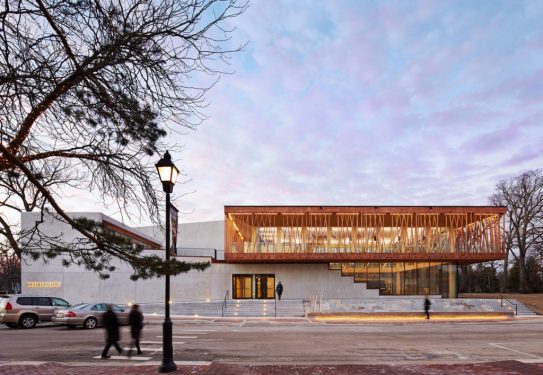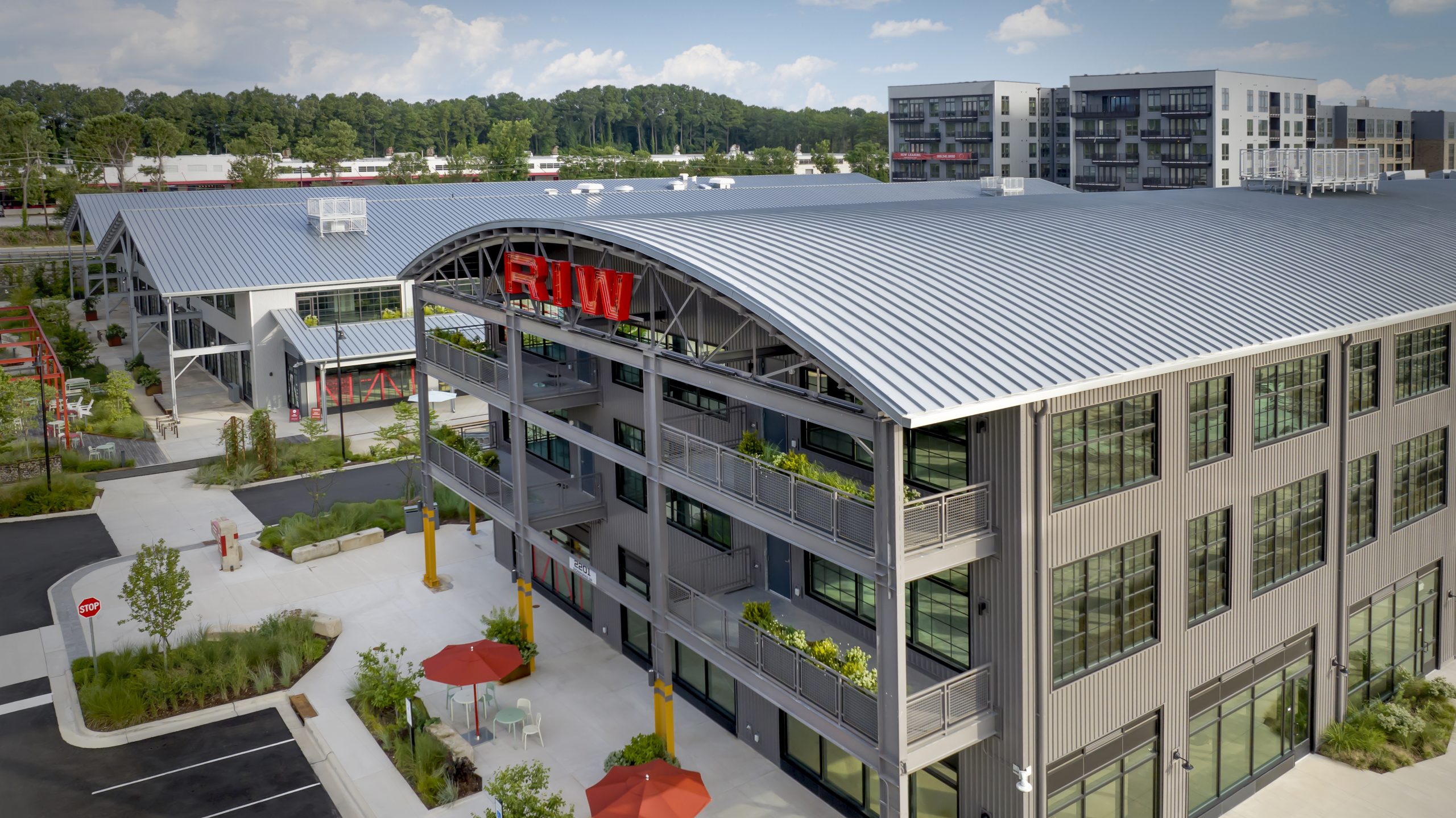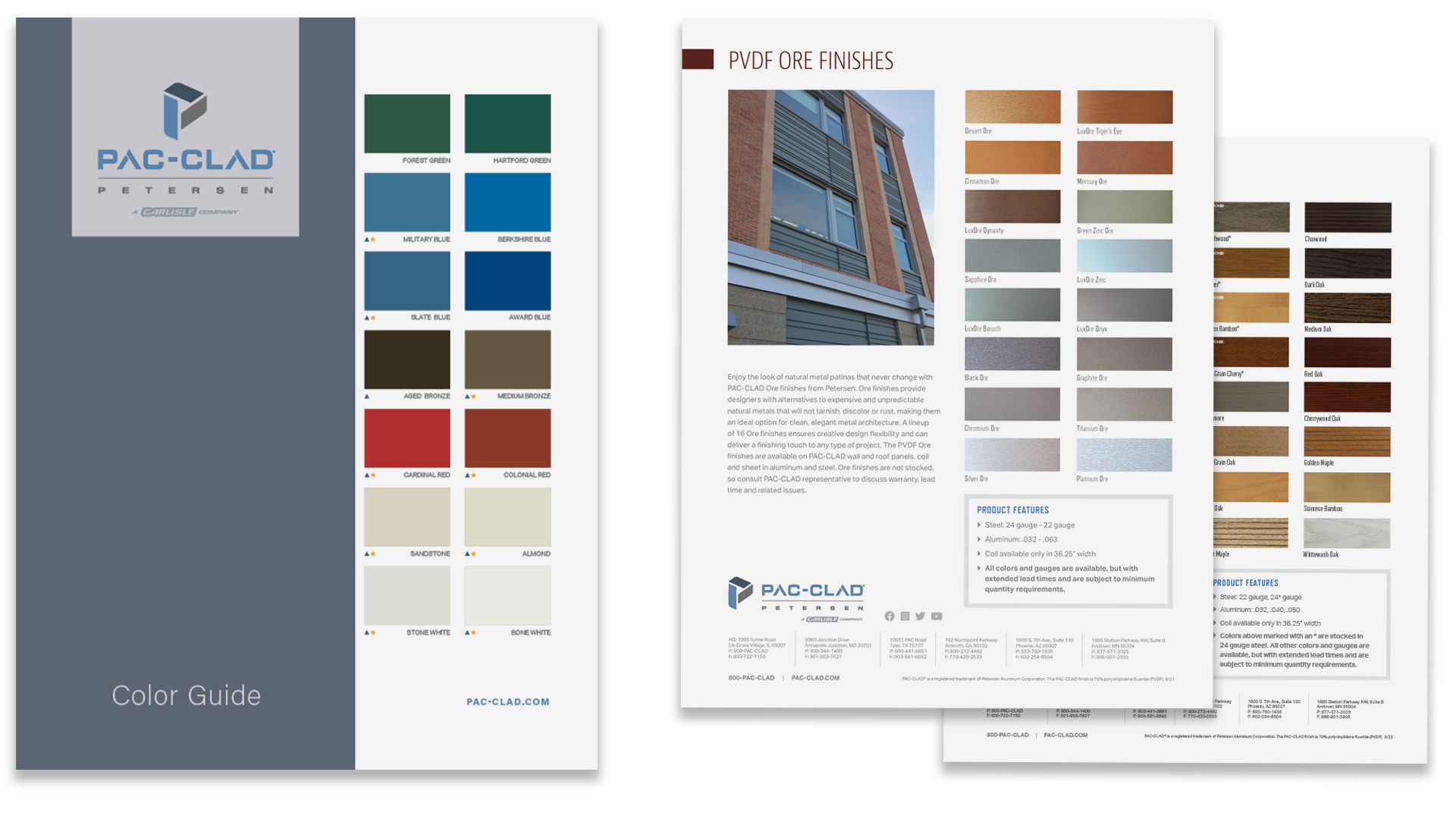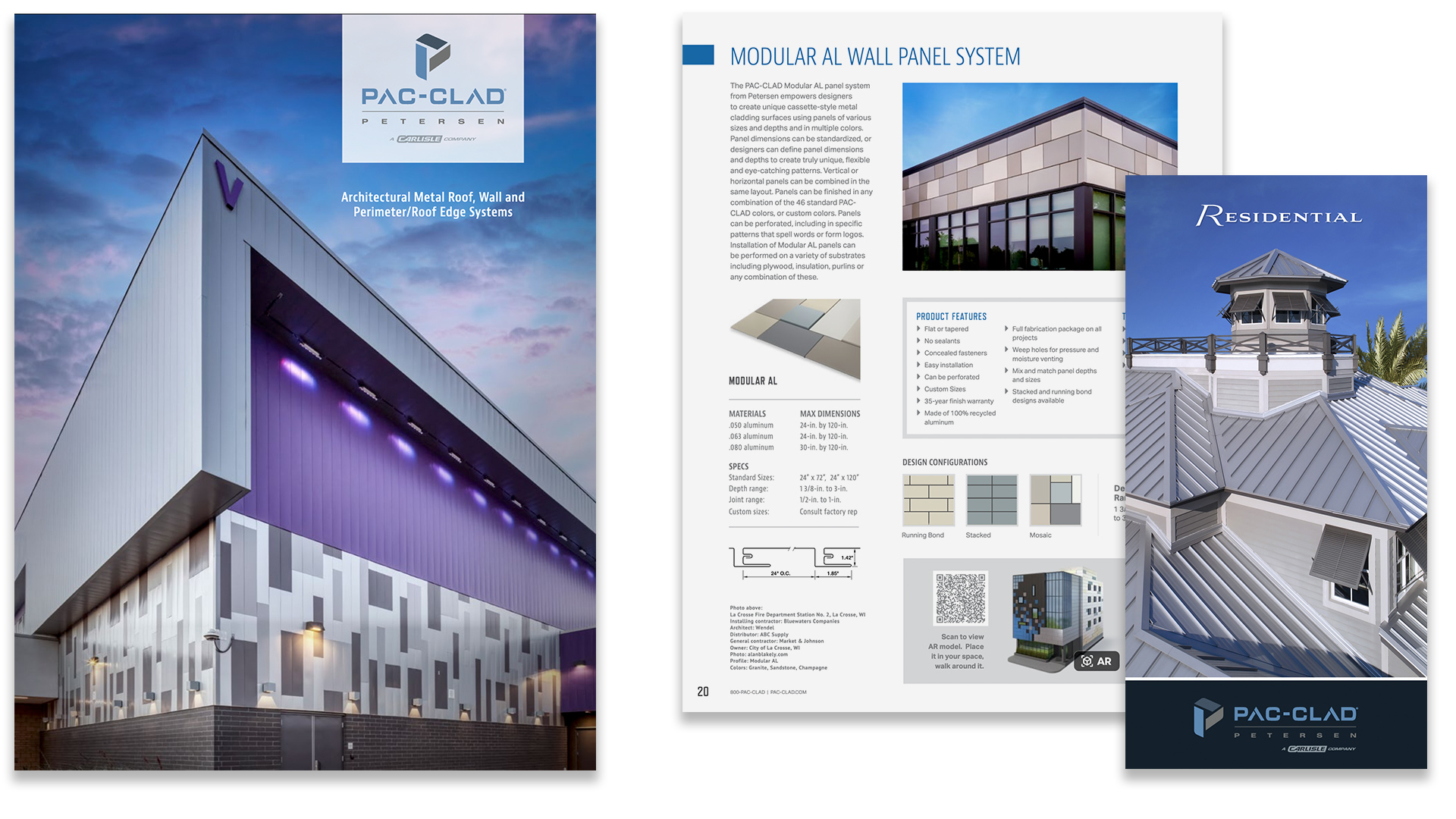Donated Petersen products add to renowned architect’s new theater design
The design of the new Writers Theatre in Glencoe, Ill., has caught the attention of media across the country. Story after story has been produced about the building’s beautiful architectural design, which was created by renowned Chicago architect Jeanne Gang, FAIA. The new 36,000 sq. ft., $28 million building, which includes metal PAC-CLAD products donated by Petersen, features a 250-seat main theatre that was purposefully designed to maintain Writers Theatre’s hallmark intimacy.
“Writers Theatre’s approach to the word and the artist mirrors Studio Gang Architects’ focus on materials and the environment within architecture, and the results of our partnership have been very exciting,” Gang said. “The new theatre center features renewable materials and exciting social spaces that will add to the community’s vibrancy.”
Jon Faris, general manager of Writers Theatre who also served as project manager, concurred. “We wanted to maintain the strong sense of intimacy that our previous theatre spaces had as this is at the core of who we are and how our artists interact with patrons,” Faris said. He also commented on the importance of LEED certification. “We’re about to submit to the USGBC [in June 2016] and are anticipating receiving LEED Gold certification,” Faris notes.
The building includes more than 6,200 sq. ft. of PAC-CLAD steel and aluminum sheets donated by Petersen, which is based in Elk Grove Village, Ill., about 14 miles southwest of the theatre’s Glencoe location. The 24 gauge steel sheets were finished in Stone White and the .040 aluminum sheets were finished in Midnight Bronze. In addition, approximately 230 linear feet of PAC-Tite .040 Angular Fascia was provided plus 180 sq. ft. of PAC-750 Soffit panels.
The PAC-CLAD metal interacts with a somewhat unusual material mix of concrete and wood. The most striking element of the structure is the signature upper-level gallery that commands views across town through an extraordinarily open screen of tension-strung, full-height batons of stained Port Oxford cedar set at varying angles to the vertical. The Port Oxford cedar was chosen because of its performance and resistance to rot. “I really wanted this screen to be working structurally,” Gang said.
“The metal soffit acts like a trim piece that complements the wood and glass,” Faris noted of the PAC-CLAD material.
Installation of the PAC-CLAD panels and fabricated sheet material was performed by Combined Roofing Services in West Chicago, Ill. The bulk of the Petersen-donated material was used for roof-related sheet metal detailing, said Brad Lawson, project manager. “We fabricated copings, counter flashings, overflow scuppers and edge transitions. We worked on the project for nearly 10 months and there were lots of tricky details. This building is an architectural masterpiece and there were many non-standard details that we created in our shop,” Lawson said.
Photography: Steve Hall © Hedrich Blessing















